Pies are a beloved dessert, but not all of them deserve a place on your plate. While the flaky crust and sweet fillings might tempt your taste buds, some pies hide unhealthy ingredients that can impact your well-being. From sky-high sugar content to artificial additives, these circular treats might be doing more harm than good.
1. Pecan Pie: The Sugar Bomb
Behind that innocent nutty appearance lurks a calorie monster. Traditional pecan pie recipes combine corn syrup, brown sugar, and butter into a sweet concoction that can pack over 500 calories per modest slice. The nuts themselves are healthy, but they’re swimming in a sea of sugar.
Most homemade versions contain nearly a day’s worth of added sugar in a single serving. The combination of sugar and fat creates a particularly troublesome duo for blood sugar regulation and heart health. Even small portions can contribute significantly to daily calorie intake.
While pecans offer protein and healthy fats, their nutritional benefits get overshadowed by the pie’s problematic ingredients. For a healthier alternative, consider pecan-crusted fruit desserts that showcase the nuts without the sugar overload.
2. Chocolate Cream Pie: Dairy Fat Overload
Velvety smooth and intensely rich, chocolate cream pie seduces with its silky texture. Unfortunately, this indulgence typically combines heavy cream, condensed milk, butter, and processed chocolate pudding mix into a saturated fat festival. Many recipes call for pre-made graham cracker crusts containing trans fats and preservatives.
The dairy components contribute significant amounts of cholesterol, while the pudding mixes often contain artificial flavors, colors, and thickeners. A typical slice delivers around 400 calories with minimal nutritional value. Commercial versions may contain hydrogenated oils to extend shelf life.
For those with lactose sensitivity, this pie can trigger digestive issues. If chocolate cravings strike, dark chocolate-dipped strawberries provide antioxidants without the heavy fat load of cream-based desserts.
3. Banana Cream Pie: Fruit in Disguise
Don’t let the fruit in the name fool you! Despite containing actual bananas, this creamy dessert drowns them in custard made from egg yolks, sugar, and heavy cream. The fruit’s natural goodness gets lost among artificial vanilla pudding mix and mountains of whipped topping.
A standard recipe uses just one or two bananas for an entire pie, providing minimal fiber or potassium benefits. Store-bought versions often contain artificial banana flavoring rather than real fruit. The graham cracker or pastry crust adds additional refined carbohydrates and sometimes trans fats.
The whipped topping itself often contains vegetable oils, corn syrup, and stabilizers. For a healthier banana fix, try frozen banana “nice cream” topped with a sprinkle of crushed graham crackers and a drizzle of honey.
4. Peanut Butter Pie: Calorie Catastrophe
Peanut butter lovers beware! This deceptively heavy dessert combines commercial peanut butter (often containing added oils and sugar) with cream cheese, powdered sugar, and whipped topping into a caloric perfect storm. A single slice can contain upwards of 600 calories and 40 grams of fat.
The smooth texture comes from hydrogenated oils and artificial stabilizers in processed peanut butter and whipped toppings. Many recipes call for chocolate cookie crusts, adding even more sugar and refined carbs. Despite containing protein from peanuts, the nutritional value is overwhelmed by excessive fat and sugar content.
Commercial versions may contain preservatives and texture enhancers. For a healthier alternative that satisfies peanut butter cravings, try apple slices dipped in natural peanut butter with a sprinkle of dark chocolate chips.
5. Coconut Cream Pie: Saturated Fat Haven
Tropical flavors mask a nutritional nightmare in this creamy confection. Coconut cream pie combines heavy cream, sweetened condensed milk, and coconut milk into a saturated fat festival. The fluffy texture hides nearly a day’s worth of saturated fat in a single slice.
Those crunchy toasted coconut flakes on top? They’re typically sweetened with additional sugar and sometimes artificial flavors. The custard filling often contains egg yolks, adding cholesterol concerns to the mix. Many recipes use sweetened shredded coconut rather than natural coconut, significantly increasing the sugar content.
Commercial versions may contain artificial coconut flavoring rather than real coconut. If you’re craving tropical flavors, try coconut chia pudding made with light coconut milk and fresh fruit for a healthier alternative with authentic flavor and beneficial fiber.
6. Artificial Key Lime Pie: Color Chemistry
Authentic key lime pie should have a pale yellowish color from real key lime juice. Beware of neon green versions that get their unnatural hue from artificial food dyes like Yellow 5 and Blue 1. These synthetic colorings have been linked to behavioral issues in children and potential allergic reactions.
Many commercial versions use conventional lime juice with added citric acid rather than true key limes. The filling typically contains sweetened condensed milk loaded with sugar and processed milk solids. Pre-made graham cracker crusts often contain high-fructose corn syrup and partially hydrogenated oils that may include trans fats.
Some versions add artificial lime flavoring to enhance the citrus taste. For a healthier alternative, look for recipes using real key lime juice, Greek yogurt, and honey with an almond flour crust for a dessert that delivers authentic flavor without the chemical concerns.
7. Store-Bought Pumpkin Pie: Preservative Paradise
Real pumpkin delivers impressive nutrition, but commercial pumpkin pies rarely showcase this healthy ingredient properly. Many store-bought versions contain more preservatives than pumpkin, with ingredients like BHA, BHT, and propylene glycol extending shelf life at the expense of health benefits.
The filling often contains corn syrup rather than natural sweeteners, and the spice blend may include artificial flavors rather than real cinnamon and nutmeg. That perfectly uniform orange color? It’s frequently enhanced with caramel color or Yellow 5 and Red 40 food dyes.
The factory-made crusts typically contain partially hydrogenated oils for texture and shelf stability. If you’re craving pumpkin flavor, try roasted pumpkin cubes with cinnamon and a drizzle of maple syrup, or make your own healthier pie using real pumpkin puree and a whole grain crust.
8. Double-Crust Apple Pie: Hidden Sugar Trap
Apples are nutritional powerhouses, but traditional double-crust apple pies bury their benefits under mountains of added sugar. Many recipes call for cups of white sugar plus additional brown sugar, creating a syrupy filling that masks the fruit’s natural sweetness. The double crust doubles down on refined flour and shortening.
Commercial versions often contain corn syrup and thickeners like modified food starch. The apples themselves are frequently coated in preservatives like sodium benzoate to prevent browning. Many recipes call for peeling the apples, removing the fiber-rich skin where many nutrients reside.
Some versions add caramel sauce for extra sweetness and calories. For a healthier apple fix, try baked apples stuffed with oats, cinnamon, and a touch of maple syrup, allowing the fruit’s natural flavor to shine without excessive sugar or refined flour.
9. Canned Cherry Pie: Artificial Red Flag
Those perfectly uniform, brilliantly red cherries swimming in glossy gel? They’re typically packed with high-fructose corn syrup and Red 40 dye rather than natural cherry juice. Canned cherry filling contains alarmingly little actual fruit compared to sugar, modified food starch, and artificial flavors.
The gel-like consistency comes from thickeners and stabilizers that keep the filling uniform but offer no nutritional value. Many commercial crusts contain partially hydrogenated oils for texture and extended shelf life. That distinctive “cherry” flavor often comes from artificial flavoring rather than real cherries.
Some fillings contain sodium benzoate or potassium sorbate as preservatives. For a healthier cherry dessert, try frozen dark cherries (which keep their nutrients) warmed with a splash of orange juice and served over Greek yogurt for a dessert that showcases real fruit flavor.
10. Sweet Potato Pie: Vegetable in Name Only
Sweet potatoes pack impressive nutrition, but traditional sweet potato pie recipes transform this healthy vegetable into dessert territory. Most recipes call for cups of added sugar, heavy cream, and butter that overwhelm the natural benefits of the root vegetable.
Many versions include sweetened condensed milk, multiplying the sugar content. The traditional butter-laden crust adds significant saturated fat and refined carbohydrates. Some recipes even add marshmallow topping, introducing gelatin and corn syrup to the already sweet mixture.
Commercial versions may use sweet potato flavoring rather than real vegetables. For a healthier alternative that highlights sweet potato’s natural goodness, try roasted sweet potato rounds topped with a sprinkle of cinnamon and chopped pecans for a dessert that celebrates the vegetable’s natural sweetness without excess sugar.
11. Strawberry Glaze Pie: Berry Deception
Fresh strawberries offer antioxidants and vitamin C, but strawberry glaze pie typically contains more corn syrup than berries. The signature glossy red gel gets its unnatural shine and consistency from modified food starch, artificial flavors, and Red 40 dye rather than actual strawberry juice.
Many versions use just enough real strawberries to justify the name, with the bulk of the filling being artificially flavored gel. The bright red color remains unnaturally consistent throughout the filling, unlike real strawberries which have natural color variations. Commercial crusts often contain preservatives and dough conditioners.
Some recipes add strawberry-flavored gelatin powder for extra color and artificial flavor. For a healthier alternative, try fresh strawberries macerated with a small amount of sugar and lemon juice, served over angel food cake for a dessert that showcases real berry flavor.
12. Lemon Meringue Pie: Sugar Cloud Concern
That impressive cloud of meringue hides a mountain of sugar. Traditional lemon meringue pie combines two sugar-heavy components: tart lemon filling (loaded with sugar to balance the acidity) and fluffy meringue (which is essentially beaten egg whites with significant amounts of sugar).
Many recipes use cornstarch and egg yolks to thicken the filling, adding cholesterol concerns. Some commercial versions use artificial lemon flavoring rather than real lemon juice. The pristine white meringue often contains cream of tartar as a stabilizer.
Pre-made crusts typically contain partially hydrogenated oils for texture. For a healthier lemon dessert, try Greek yogurt topped with lemon zest, a drizzle of honey, and fresh berries for a protein-rich treat that delivers bright citrus flavor without excessive sugar or refined carbohydrates.
13. Frozen Store-Bought Pies: Preservative Playground
The convenience of frozen pies comes with a chemical cost. Most commercially frozen pies contain an alphabet soup of preservatives, stabilizers, and texture enhancers to survive the freezing process and maintain shelf life. Ingredients like propylene glycol, sodium stearoyl lactylate, and modified food starch appear frequently on labels.
The crusts typically contain partially hydrogenated oils for texture stability. Many frozen pies use artificial flavors to compensate for the muted taste that results from industrial processing and freezing. The fillings often contain high-fructose corn syrup rather than natural sweeteners.
Some varieties use vegetable oil shortening containing trans fats despite “zero trans fat” labels (companies can round down if amounts are under 0.5g per serving). For a healthier alternative, try freezing your own fruit compote made with minimal sugar for a ready-to-use pie filling without the chemical concerns.
14. Gas Station Hand Pies: Processed Pocket Problems
Those individually wrapped hand pies near the checkout counter represent ultra-processed food at its worst. The flaky crust achieves its texture through partially hydrogenated oils that may contain trans fats despite labeling loopholes. Many varieties boast an impressive shelf life measured in months rather than days.
The fruit fillings typically contain more corn syrup and artificial flavors than actual fruit. A chemical review of the ingredient list reveals preservatives like BHT, sodium benzoate, and TBHQ. The bright colored fillings get their hue from artificial dyes like Red 40 and Blue 1.
Some varieties contain artificial sweeteners alongside regular sugar to enhance sweetness. For a healthier portable dessert, try making simple turnovers at home using puff pastry and fresh fruit filling, or grab a piece of fresh fruit with a small handful of nuts for a naturally sweet treat.
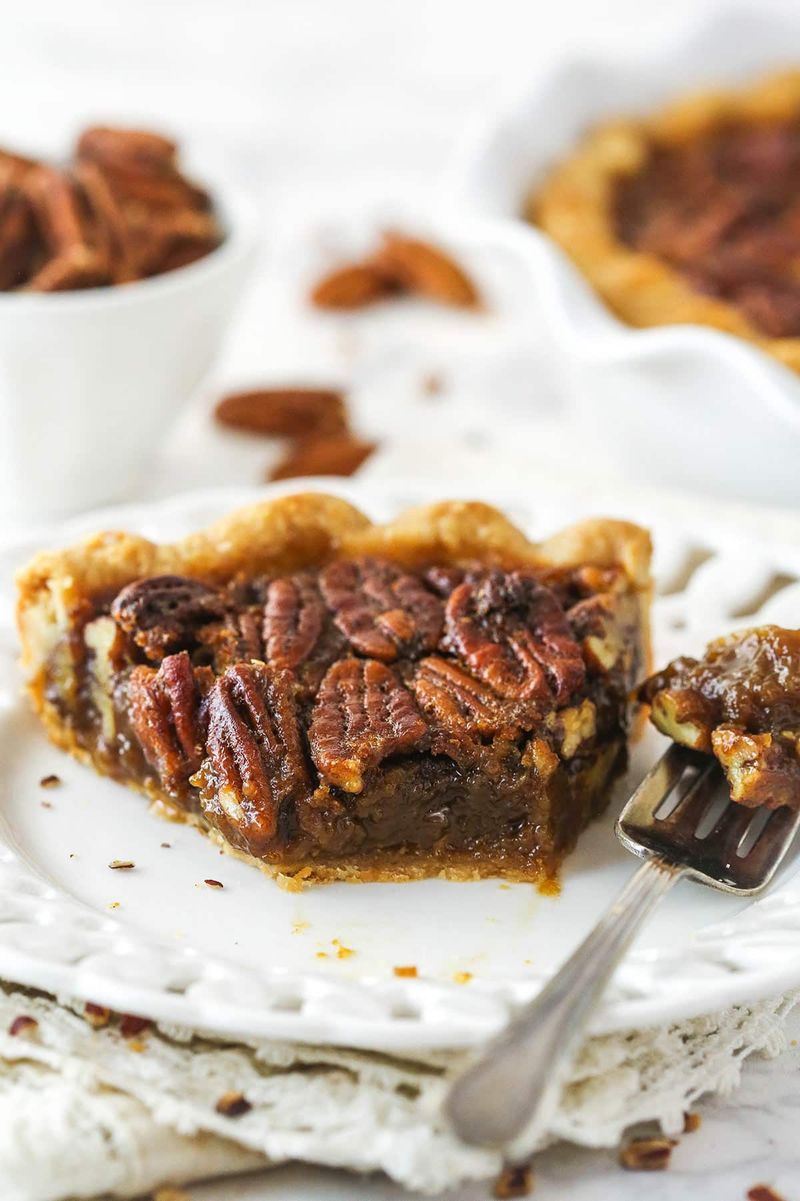
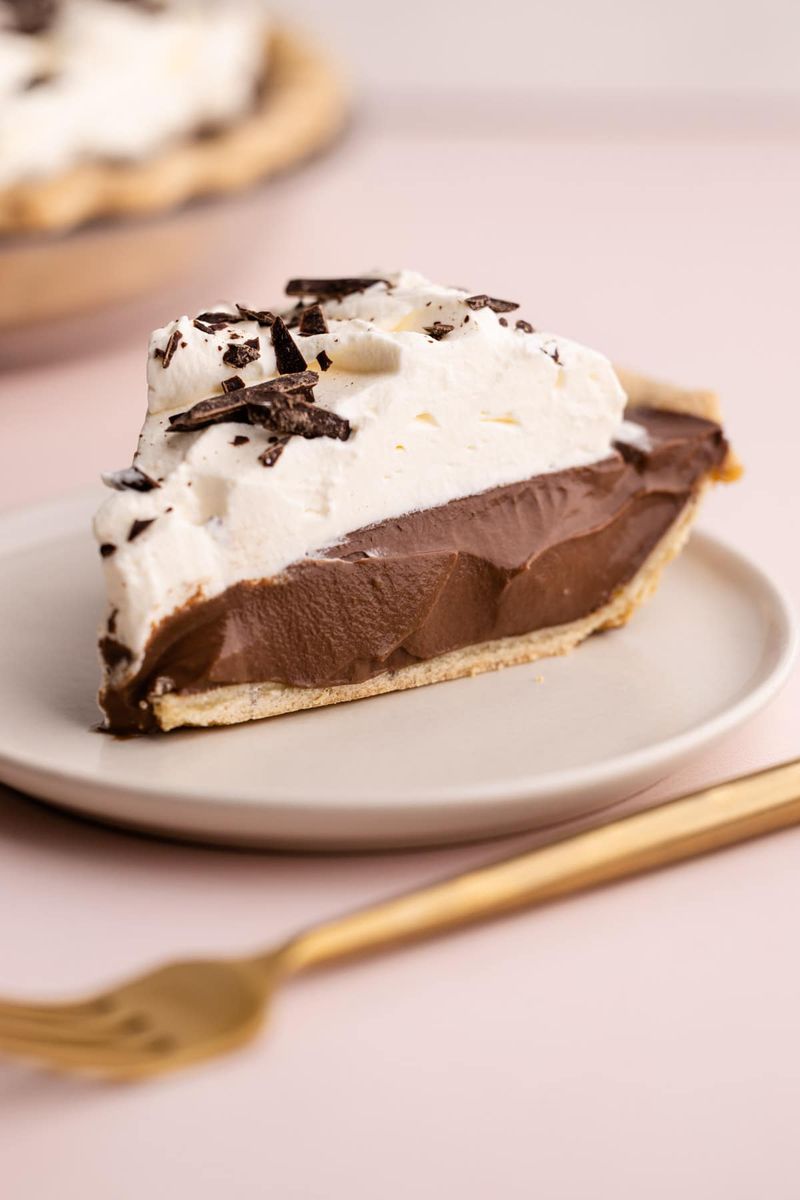
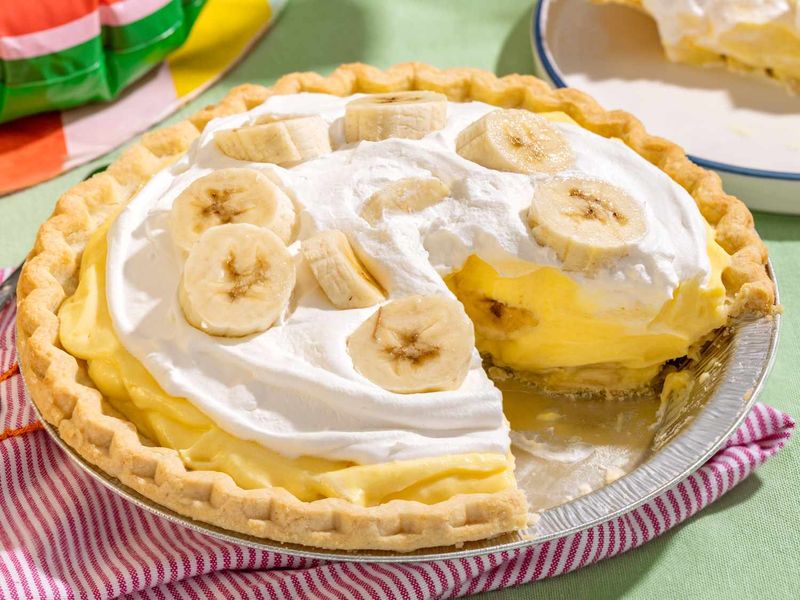
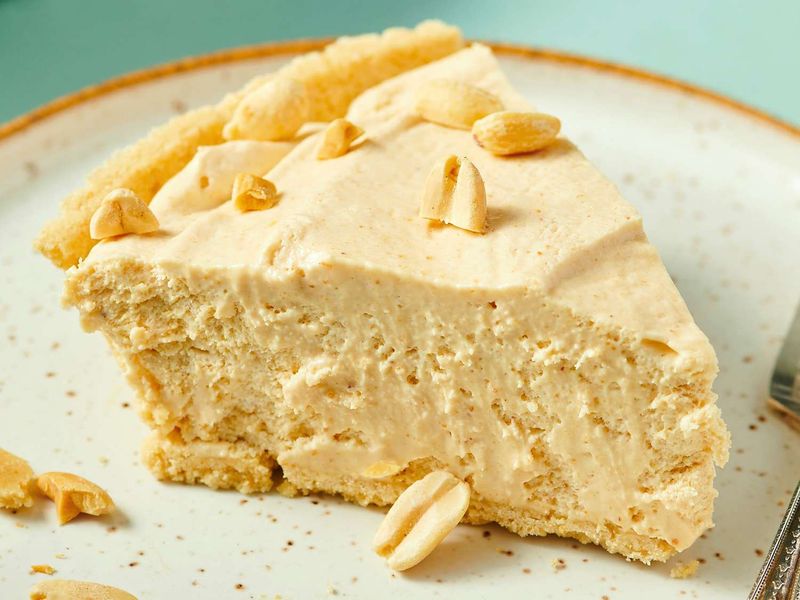
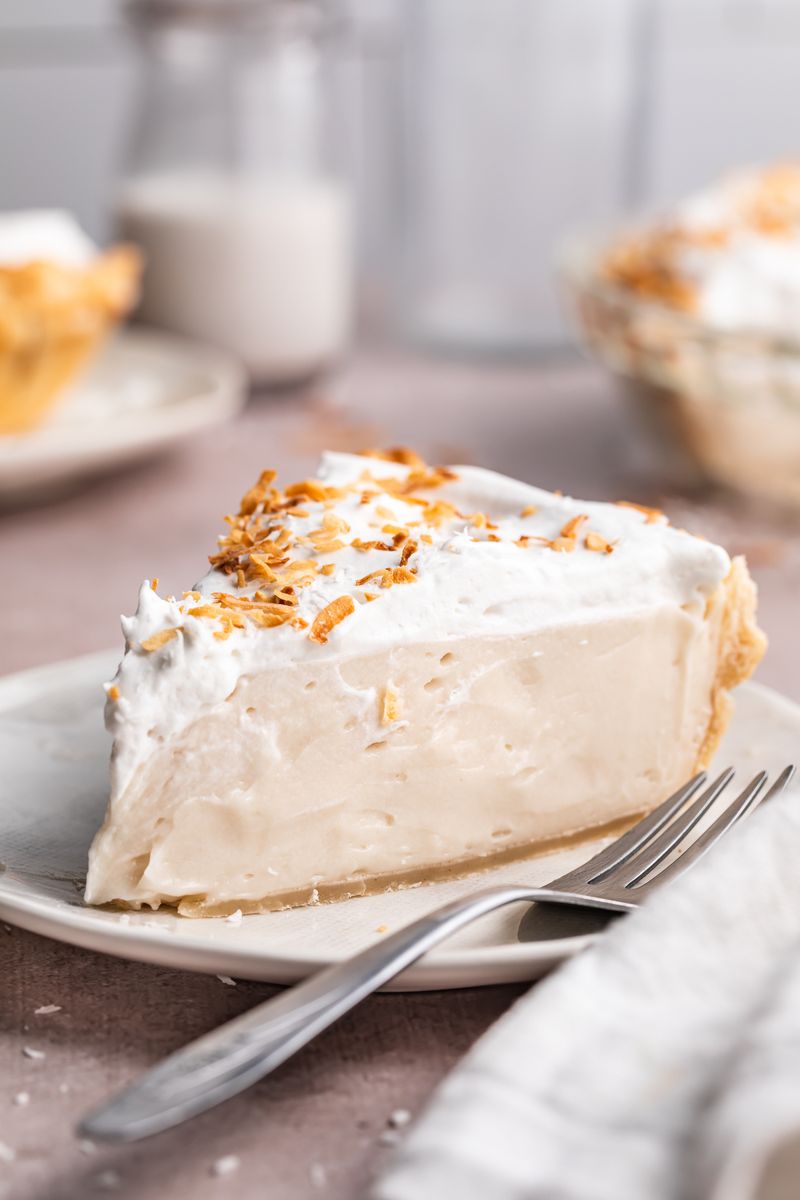
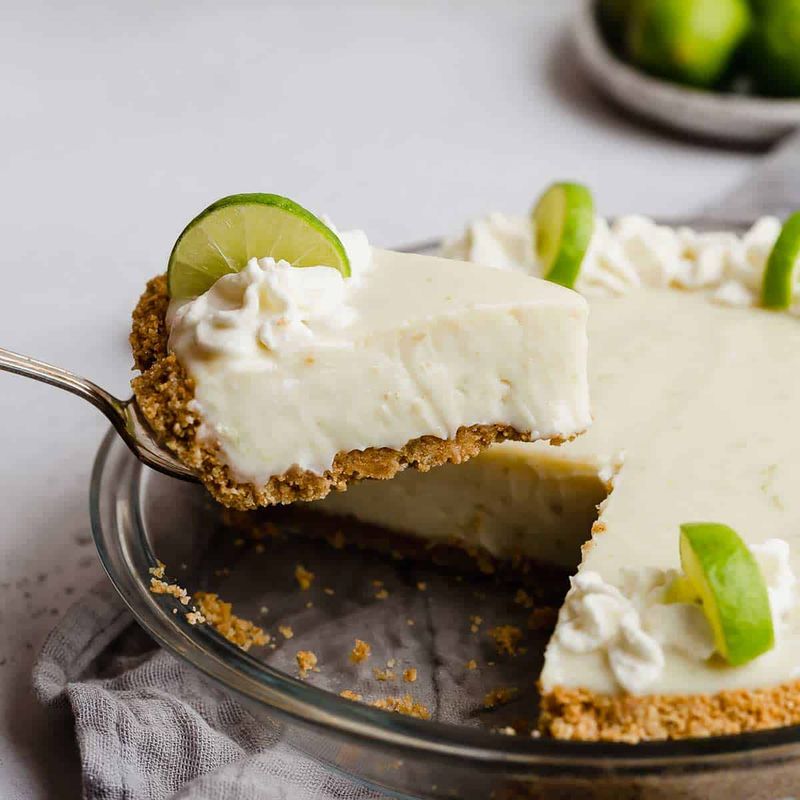
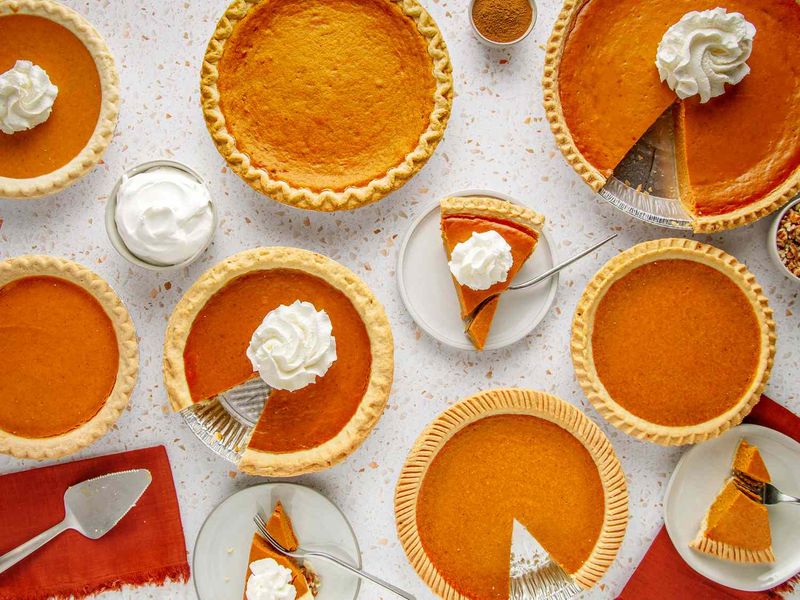
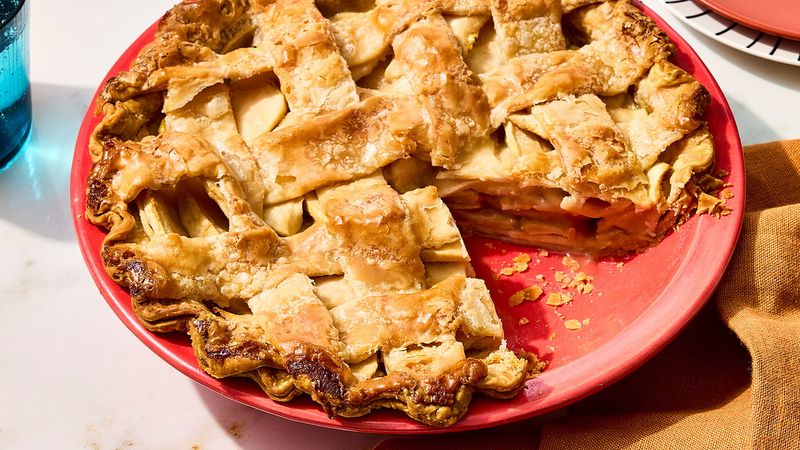
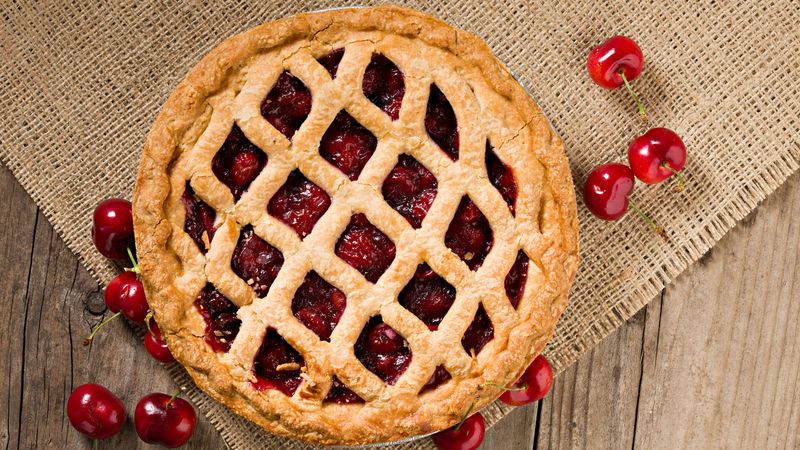
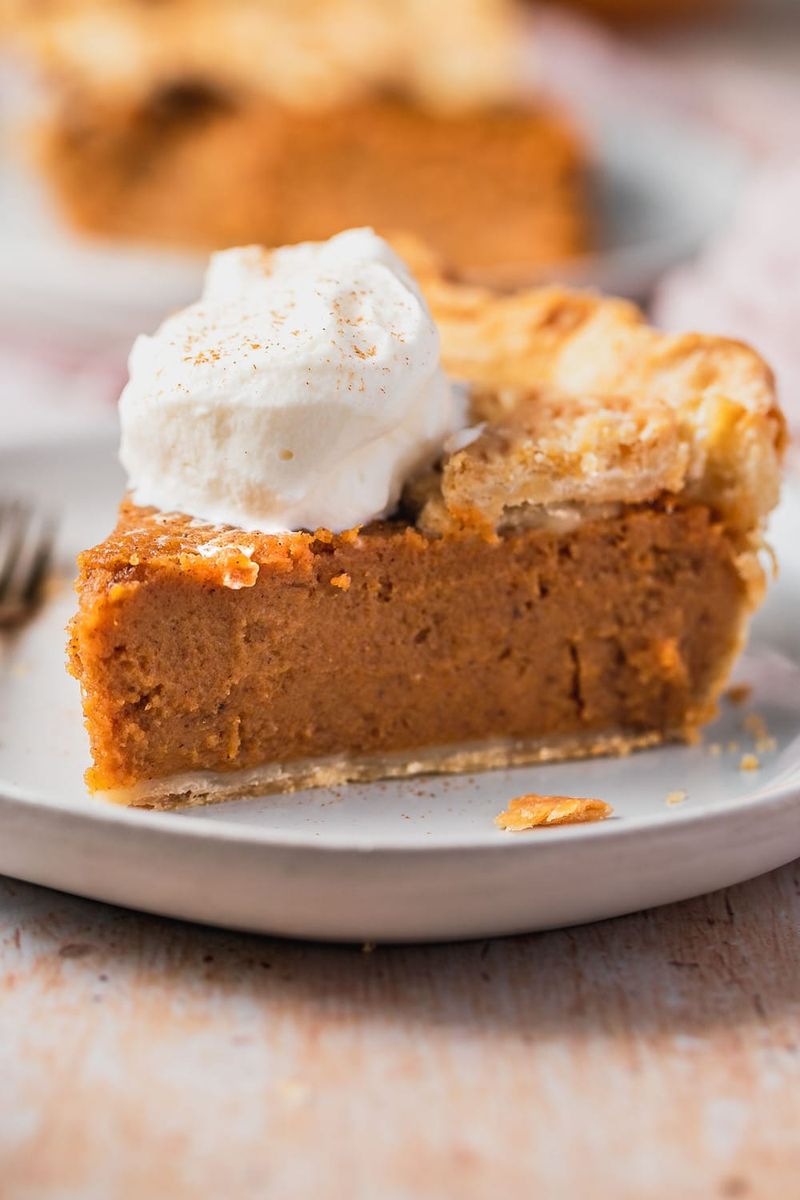
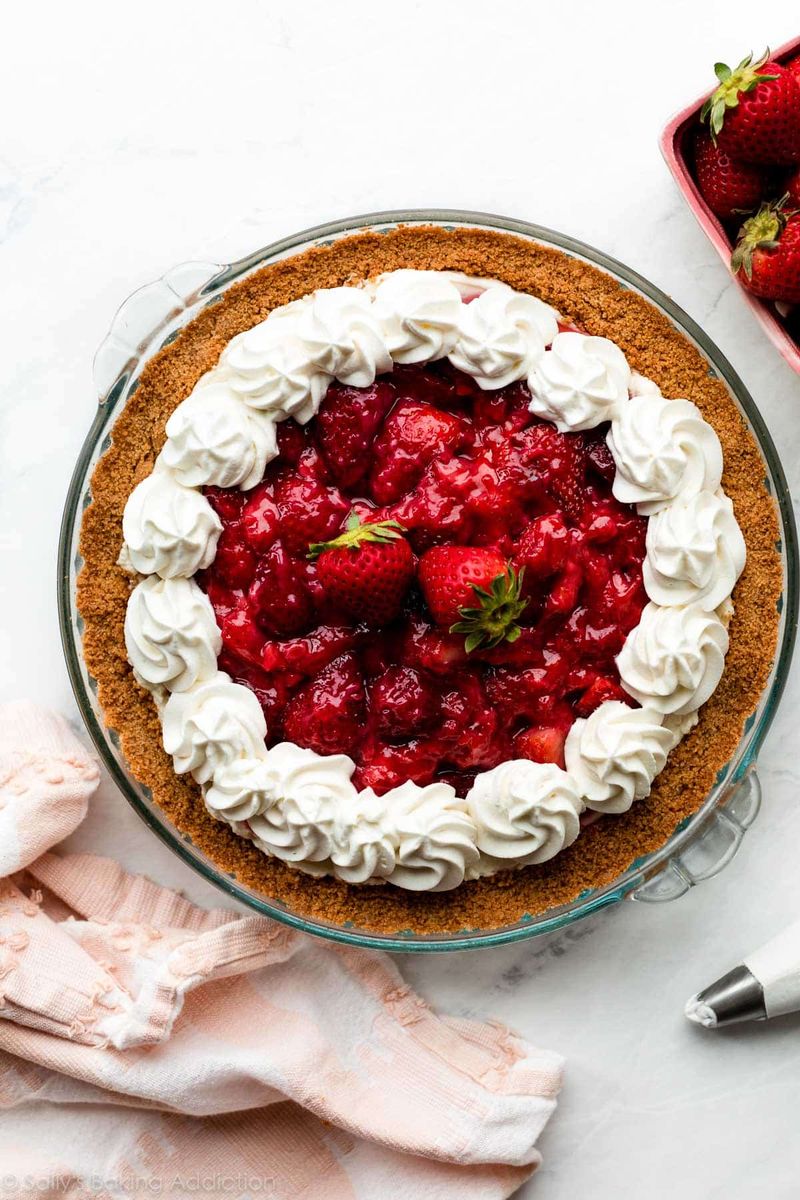
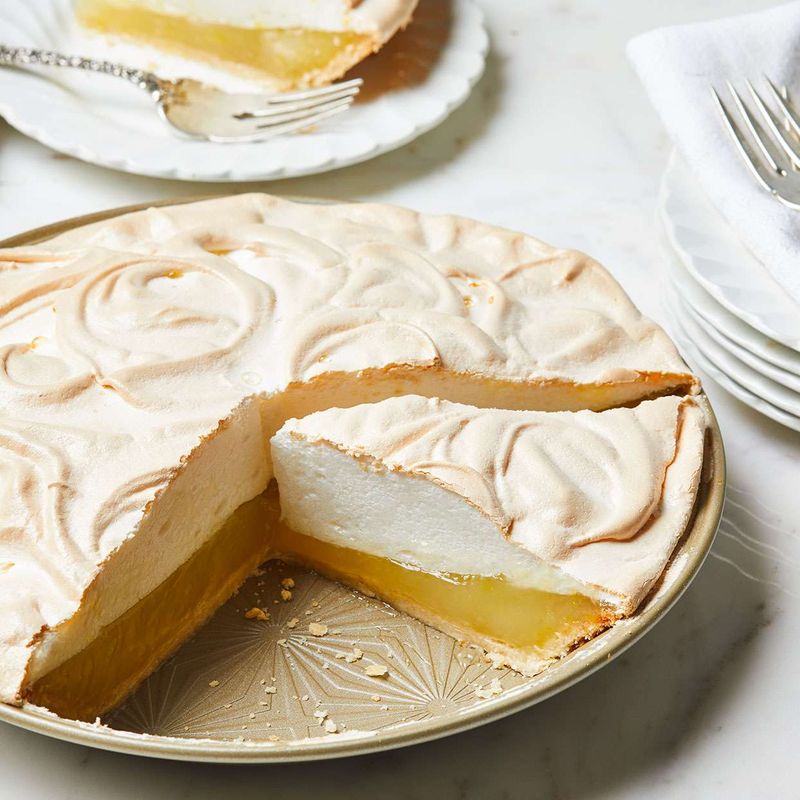
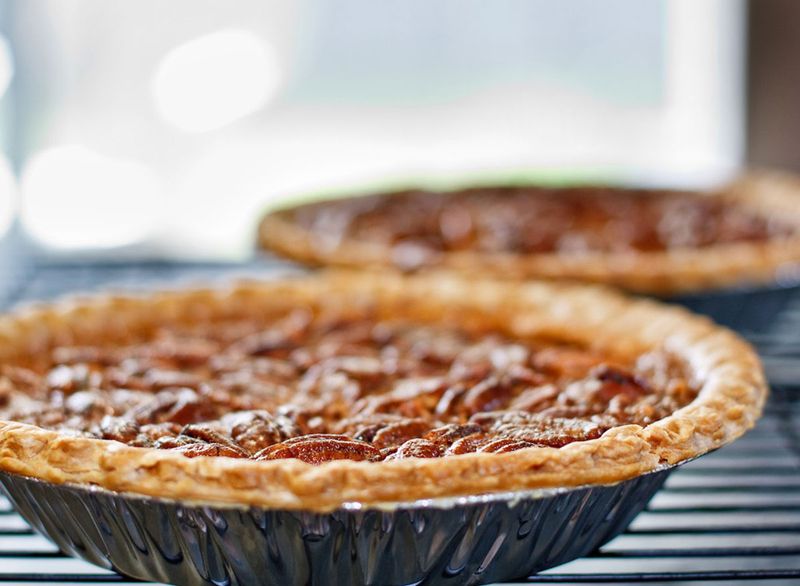
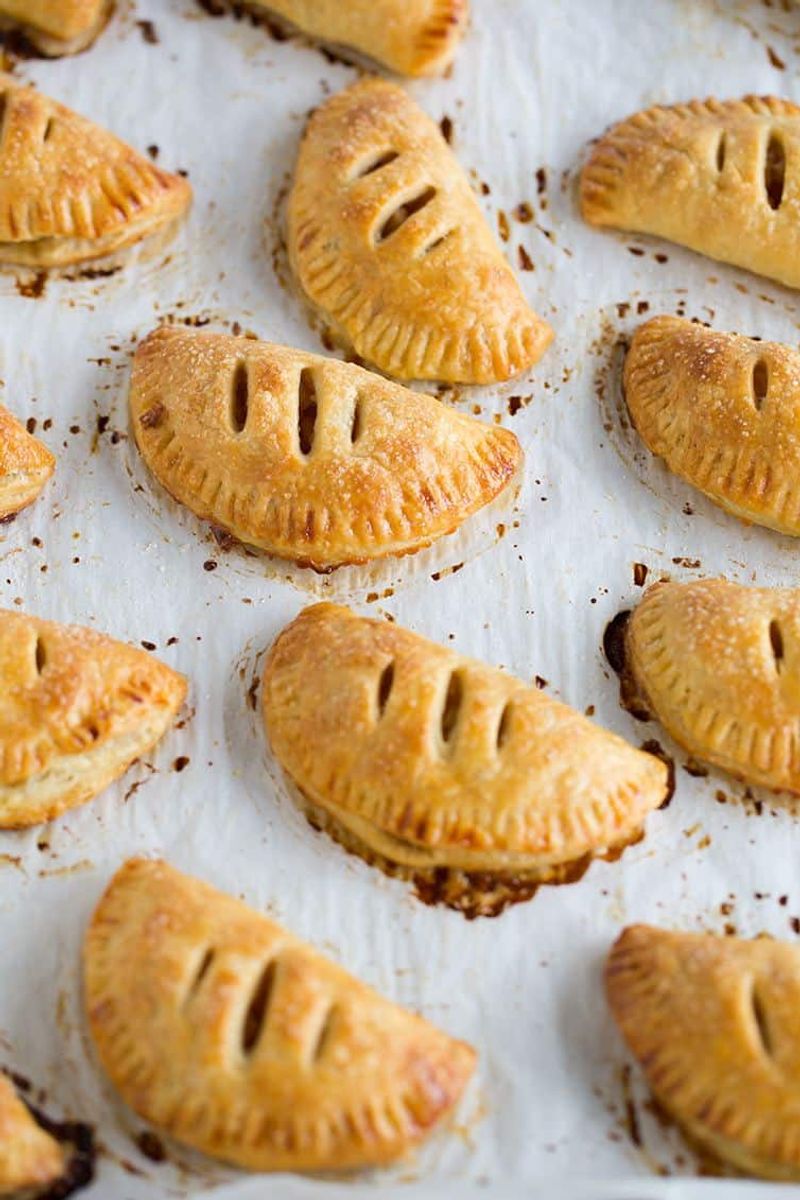
Leave a comment